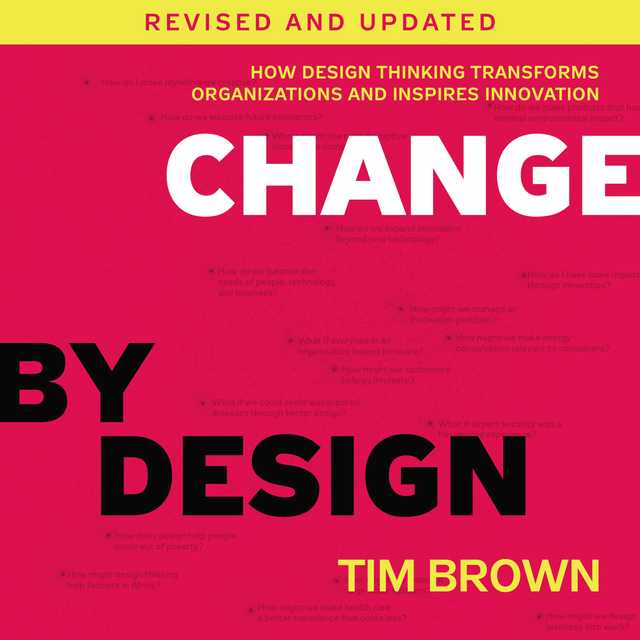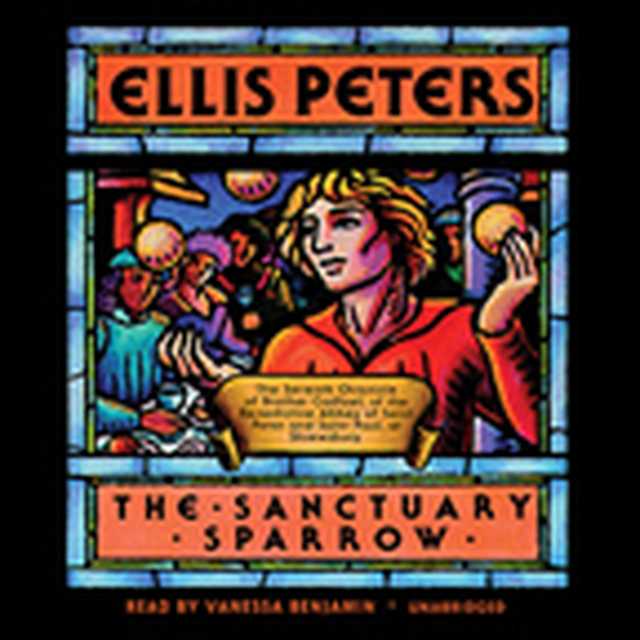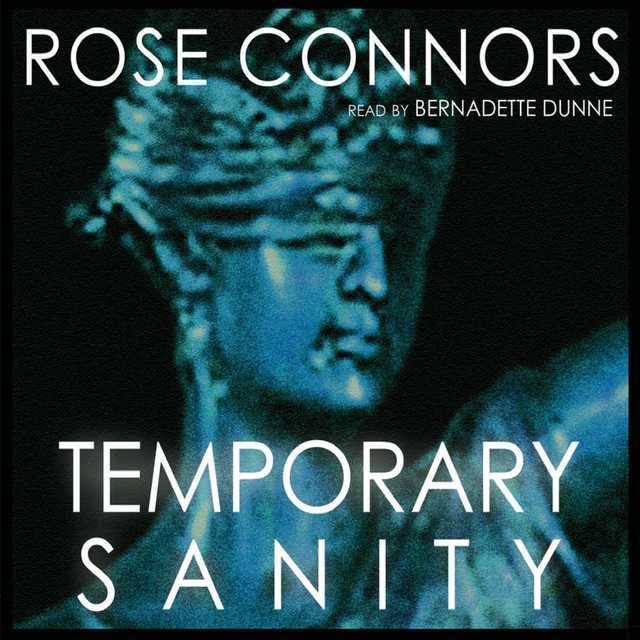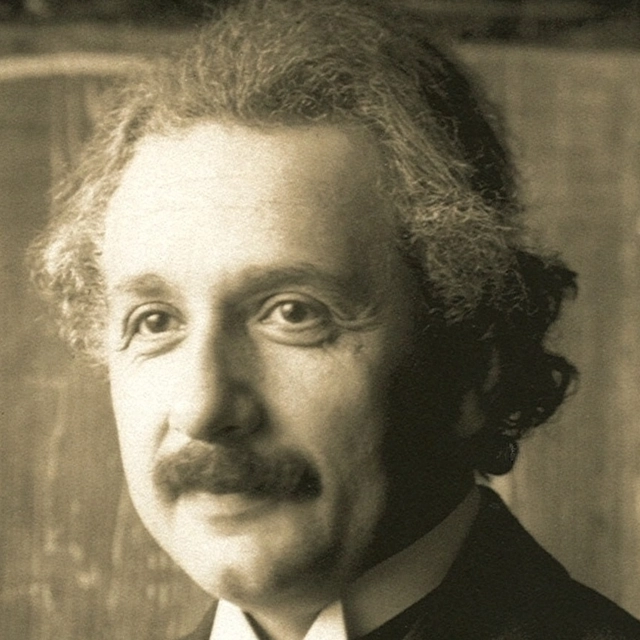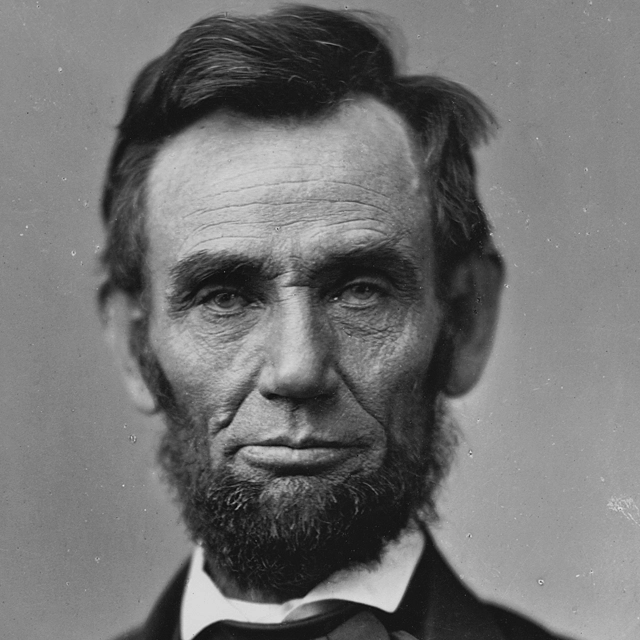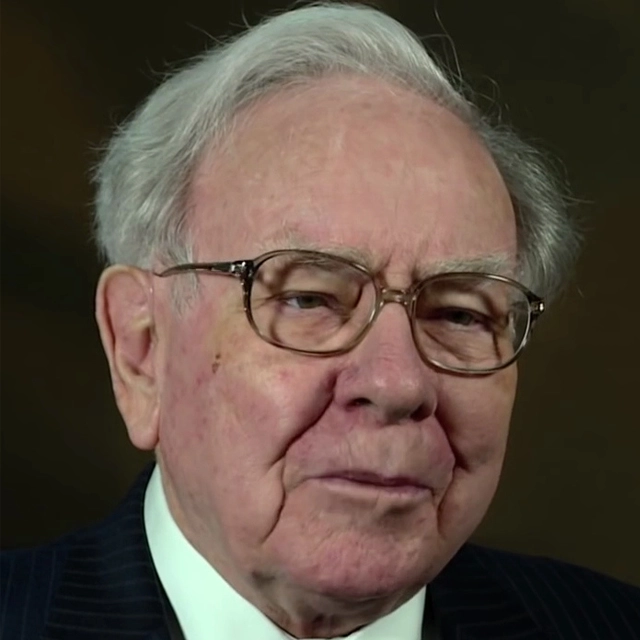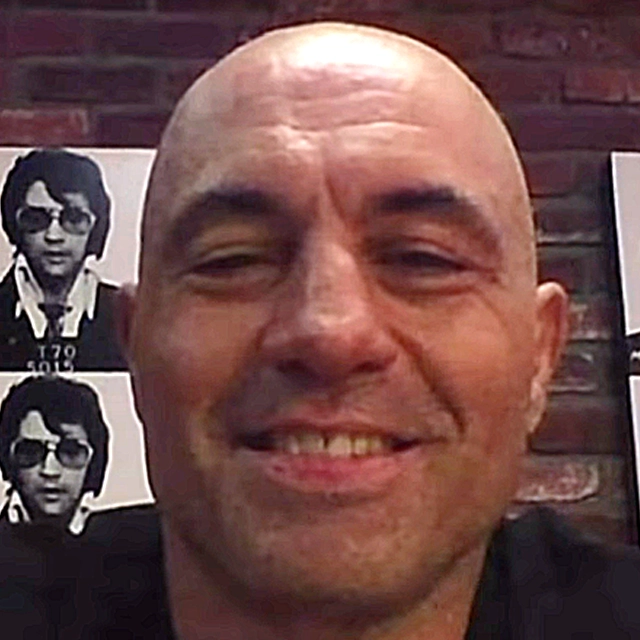Change by Design, Revised and Updated Audiobook Summary
The subject of “design thinking” is the rage at business schools, throughout corporations, and increasingly in the popular press–due in large part to work of IDEO, a leading design firm, and its celebrated CEO, Tim Brown, who uses this book to show how the techniques and strategies of design belong at every level of business.
The myth of innovation is that brilliant ideas leap fully formed from the minds of geniuses. The reality is that most innovations come from a process of rigorous examination through which great ideas are identified and developed before being realized as new offerings and capabilities.
Change by Design explains design thinking, the collaborative process by which the designer’s sensibilities and methods are employed to match people’s needs, not only with what is technically feasible, but what is viable to the bottom line. Design thinking converts need into demand. It’s a human-centered approach to problem solving that helps people and organizations become more innovative and more creative.
Introduced a decade ago, the concept of design thinking remains popular at business schools, throughout corporations, and increasingly in the popular press–due in large part to work of IDEO, the undisputed world leading strategy, innovation, and design firm headed by Tim Brown. As he makes clear in this visionary guide–now updated with addition material, including new case studies, and a new introduction–design thinking is not just applicable to so-called creative industries or people who work in the design field. It’s a methodology that has been used by organizations such as Kaiser Permanente, to increase the quality of patient care by re-examining the ways that their nurses manage shift change, or Kraft, to rethink supply chain management.
Change by Design is not a book by designers for designers; it is a book for creative leaders seeking to infuse design thinking into every level of an organization, product, or service to drive new alternatives for business and society.
Other Top Audiobooks
Change by Design, Revised and Updated Audiobook Narrator
Tim Brown is the narrator of Change by Design, Revised and Updated audiobook that was written by Tim Brown
Tim Brown is the CEO and president of IDEO. Ranked independently among the ten most innovative companies in the world, IDEO is the global consultancy that contributed to such standard-setting innovations as the first mouse for Apple and the Palm V.
Today IDEO applies its human-centered approach to drive innovation and growth for the world’s leading businesses, as well as for government, education, health care, and social sectors. Tim advises senior executives and boards of Fortune 100 companies and has led strategic client relationships with such corporations as Microsoft, PepsiCo, Procter & Gamble, and Steelcase.
About the Author(s) of Change by Design, Revised and Updated
Tim Brown is the author of Change by Design, Revised and Updated
More From the Same
- Author : Tim Brown
- The Making of a Man: Audio Bible Studies
- The Making of a Man
- Publisher : HarperAudio
- Abraham
- American Gods [TV Tie-In]
- Dead Ringer
- House of Sand and Fog
- Prey
Change by Design, Revised and Updated Full Details
| Narrator | Tim Brown |
| Length | 7 hours 37 minutes |
| Author | Tim Brown |
| Category | |
| Publisher | HarperAudio |
| Release date | March 05, 2019 |
| ISBN | 9780062940940 |
Subjects
The publisher of the Change by Design, Revised and Updated is HarperAudio. includes the following subjects: The BISAC Subject Code is Business & Economics, Entrepreneurship
Additional info
The publisher of the Change by Design, Revised and Updated is HarperAudio. The imprint is HarperAudio. It is supplied by HarperAudio. The ISBN-13 is 9780062940940.
Global Availability
This book is only available in the United States.
Goodreads Reviews
Girish
July 01, 2018
Tim Brown's seminal paper on Design Thinking is almost a holy text to me. So when the author talks of transformation change by design, it is a must read on my shelf! There's a lot right with the book. As a practitioner, you are able to relate to the very real challenges of applying design thinking to transformation and the real life case stories are rewarding. The different chapters are thought through and explains the critical tenets of design thinking of human-centered approach, prototyping, divergence and design for 'Spaceship Earth'. Some of the examples relating to culture are bang-on especially the ability to let go and the culture for failures.It's almost an easy to read course book for all change management professionals. Where it misses out is the blueprint - the sequence of activities. The storytelling is to the exact point but it does not give the full picture. For example Nokia did a breakthrough in early 2000s to diversify into mobile phones, but the book doesn't talk of the same traits leading to the downturn. It talks about wikipedia's business model but does not talk about how or why other similar companies fail. The initial parts were a tough read compared to the latter half. It's a good book, but not an eye opener. If you are a beginner, it is a good book to start with for Design thinking.
Michael
January 02, 2019
A few years ago, I attended a "design thinking" workshop at an administrator's conference. The presenter began by stating that a person who goes into a hardware store looking for a quarter-inch drill bit doesn't really want a quarter-inch drill bit. They want a quarter-inch hole. A design thinker is someone who starts with the question "how do we produce a quarter-inch hole" instead of "where do we find a quarter-inch drill bit." At the time, this struck me as an important observation.Flash forward to the early days of 2019, when I have been tasked with leading a design-thinking workshop for university administrators who need, in effect, a whole lot of quarter-inch holes and are finding that their quarter-inch drill bits no longer work. A colleague recommended that I start with Tim Brown's Change by Design. I'm glad I did, and there are some good insights in the book. But I still don't have a better way to explain the whole concept of design thinking that is better than the quarter-inch hole analogy. First, the problems with the book. Through no fault of its own, it is now ten years old, and it shows its age. Brown is an executive at the fabled IDEO firm in Palo Alto, which designed, among other things, the original Apple mouse and the Palm Pilot. This is good stuff, but this particular book sacrifices timelessness for a sense of cutting-edgeness that does not particularly wear very well. Ten years later, it is hard to think of the Blackberry as the apex of handheld technology or Best Buy as the cutting edge of retail experience. So much has happened since the book was written, that all of the advantages of being at the cutting edge in 2009 disappear and a lot of the examples are stale. A better strategy, I think (and Brown does this a little bit) would have been to stay away from the tech industry as much as possible and talk about breakfast cereal and Carnation milk, and instant coffee and all sorts of other things that illustrate the same points in a less time-bound fashion.The book also suffers, in my view, by a sort of hyperactive, throw-stuff-at-the-wall-and-see-what-sticks approach to its subject matter. The chapters are not very well focused, and the author moves from example to example without really settling in on anything. In his defense, he tells us that this is what he is doing, and he says that it is consistent with what design thinking is all about, but he does not make many concessions to the linear thinkers among us, which I, as a very linear thinker, find alienating.Of course, the right answer is that I need to stop being such a stuffed shirt, but it is probably too late for me. The best I can do is try to design a curriculum that will stop my children's generation from being such stuffed shirts, and there are some good ideas here for what that might look like. Among the takeaways:--Innovate fearlessly. Structure safe environments for brainstorming and experimentation, and cultivate a high tolerance for failure. Innovation comes when people do not see their jobs as contingent on not screwing up.--Prototype everything. Create models, illustrations, storyboards, trial runs, and other opportunities for people to visualize the end result.--Focus on what human beings will be doing, not on what, ideally, they should be doing. This was probably the most important point for me. A whole lot of really wonderful ideas have failed because their designers did not do a good job of imagining what human beings would really be doing with the product or the service.--Create options. At every stage of the process, but especially the early stages, design thinkers should be brainstorming, asking probing questions, and creating multiple possible ways of solving the problem.--Communicate with everybody all the time. This is another extremely important element of organizational culture. Silos discourage innovation. Turf wars keep organizations locked into old patterns. The only way to break free is to create a culture where people are always talking to each other and sharing ideas. And where people aren't afraid of stepping out of bounds. Nearly all of the good stuff is out of bounds.These are all good suggestions, but I am not sure that they go very far beyond common sense. Are they "design thinking"? Is this actually a thing and not just a trendy word for being open to innovation and intentional about change? There is probably some there there, but this book doesn't entirely define it. But I am still pretty sure it has to do with quarter-inch holes.
Yanina
November 08, 2021
¿Piensas que las buenas ideas caen del cielo o que estas provienen de personas que han estudiado arte o comunicaciones? Tim Brown en su libro Diseñar el Cambio, te dice que eso no es así. Que es posible sistematizar la creatividad y la innovación a través del Design Thinking para que cualquiera independientemente de su profesión genere una solución a los problemas de una empresa u organización. Incluso expone la importancia del DT en la solución a desafíos más grandes como la contaminación ambiental, la pobreza o la precariedad de la educación. Es un libro que te motiva a mejorar el mundo en el que vivimos.
Valeria
September 12, 2015
One of my reference books for integrity and simplicity of the processes that I will be creating.
Petr
January 29, 2021
Lovely book on design thinking, optimism, changing what it means to be human and enviromentalism.
Leonardo
May 21, 2022
While living in San Francisco almost a decade ago, I have always heard about the work of IDEO, Tim Brown and his process of rigorous examination through which great ideas were identified and developed before being realized as new offerings and capabilities.On this book, Tim Brown explains design thinking to creative leaders seeking to infuse the process into every level of an organization, product, or service to drive new alternatives for business and society.The book is full of examples and case studies, which sometimes might take longer than needed for the author to prove his point.
Gene
September 14, 2022
Change by Design is an insightful look at all sorts of organizations and how they solved challenges by working with IDEO, a global consultancy focused on helping companies innovate.If you are new to design concepts, the following tools are discussed: brainstorming, scenarios, storyboards, story telling, mind mapping and prototyping. Since these are right-brain tools and my brain seems to prefer functioning in left-brain mode, this book provided an adequate mind meld to get both sides to recognize each other.I liked the author's definition of innovation: "a good idea executed well." However, my right brain kept searching for a nice neat definition of design thinking, and alas, it become frustrated. Upon review the best understanding I could come up with is that designers focus on a problem and design thinkers focus on a project.The author also seems to prefer triplets when attempting to explain stuff. Examples:The three spaces of innovation:inspiration | ideation | implementationThe three overlapping criteria for successful ideas:feasibility | viability | desirabilityThe three elements of any successful design program:insight | observation | empathyAn unexplained sine wave chart: hope | insight | confidenceChange by Design is more of a concept book that successfully makes the case that companies need to innovate to achieve success and remain competitive. Design thinking is a vehicle that can help your organization accomplish that never-ending mission to innovate or perish.Access Gene Babon's reviews of books on Business Leadership and Business Strategy at Pinterest.
Fred
February 12, 2014
Tim Brown, CEO of IDEO, an innovation and design firm ranked among the ten most innovative companies in the world, debunks the myth that brilliant ideas, creativity, and innovation are the sole province of geniuses and specially gifted people, but are more often the result of disciplined thinking and careful observation, skills the rest of us can develop and apply. He argues that traditional organizational structures are designed for efficiency, which causes new ideas to be incremental, predictable, and too easy to copy, in contrast with the culture of innovation, which is social as well as spatial, in which people know they can experiment, take risks, and explore the full range of their faculties.He then shows us how we can apply the skills of traditional designers to develop the capacity for design thinking, and ways to create innovative, empathetic, human-centered solutions not only to organizational problems and redesigns, but also to pressing social and environmental challenges.
Oksana
March 08, 2016
Probably one of the best books to start learning about the Design Thinking method. Very well written, easy to follow, captures your attention, so you just keep reading. It contains many examples of the method being applied across industries and tackling all kids of business challenges. You should not expect that you will learn how to apply Design Thinking after you finish the book though since it does not provide 'how to' frameworks or worksheets. But, I am sure you'll be inspired to learn more. I am a big fan of IDEO and kind of biased in a way (I see the book gets negative reviews too). I am also not new to the topic, so this was not an introduction to Design Thinking in my case. And yes, it was a bit funny to read about the success of Nokia in applying design thinking to stay relevant (the book is like 7 years old), and where is Nokia now? One has to be careful with choosing proofs of the theory working indeed ;-)Consider taking courses by IDEO or other mentors at Udacity, Novoed, Coursera, etc.
Dax
May 05, 2011
This book is being a career changer for me.It tells us about the importance of thinking with the hands (prototyping), communicating visually and with empathy, applying in the business world the tools that were typically used by design people. Those are the Design Thinkers.In our connected world focus on the consumer experience is a must-have capability. To be able to create this consumer-focused culture people inside the company should first have their own experience, as collaborators, to be designed in the same way. In this era customers, collaborators, competitors and the hole community that composes the business ecosystem are in the same network and communities, and everyone can listen and respond to what anyone says.Very good read!
Jao
July 05, 2019
So, I’m trying out this new thing for my #1bookamonth project. For six months now, I was able to consistently read two books a month—maybe because I’m bored—but whereas before, I read a second book for the month as a ‘palette cleanser’, now, starting this month, I’ve decided that the two books I’ll give myself time to learn from every month are books that are related to each other. (Maybe I should now call my project #1SetOfBooksAmonth - perhaps as a way of broadening my perspective on the subject? Anyway…)That’s why for my second book this month, a complementary reading to Creativity: The Human Brain in The Age of Innovation by neuroscientist-neuropsychologist Elkhonon Goldberg, PhD, I am picking another book on innovation, this time by CEO and President Tim Brown of the award-winning design firm IDEO. More here: https://www.ideo.com/ As his take on innovation, Tim popularized the future-mindset ‘design thinking’. The book jumps off from the basic premise of “there’s a difference between being a designer and thinking like a designer.” And then expands his argument to make a case that thinking like a designer is a skillset and mindset that is open to everyone and anyone, including the people from IT, Finance, HR departments, from farmers to scientists, from politicians to communicators, teachers to chefs.Design thinking is a culture of doing the work to inspire innovation. Design thinking is an approach to solving problems though innovative solutions. Design thinking is an innovative way of improving everyone’s quality of life. Reading through the first five chapters now, Tim makes several good points. Good points that are simple and makes perfects sense. That design thinking is an iterative creative process versus a linear approach to attacking a brief (regardless of what industry you come from). That design thinking is a human-centered approach in creating a new product or service, in forming or nurturing an organization. That design thinking’s principle is grounded on creating balance and harmony among desirability, feasibility, and viability. That design thinking is about failing early and failing often – hence the important role of prototyping (or testing, or sampling, or mocking up, depending on your industry language). That design thinking is more on fostering an interdisciplinary attack on a problem – hence, no one type of ‘creative’ or department should have a monopoly on solutions (“A culture of competing ideas” and “All of us are smarter than any of us.”) That design thinking is about opening our eyes, seeing the obvious, and immersing in the ‘Super-Normal’ in order to have a deeper understanding of why things work the way they do (“Good designers thinkers observe; great design thinkers observe the ordinary.”) And my personal favorite: That design thinking is not asking what, but asking the more important why…why is this the right problem to solve in the first place – “There is nothing more frustrating than coming up with the right answer to the wrong question.”I am reading the book as an advertising creative—a writer and not even a designer—but my mind is understanding the contents of Tim’s book in terms of running a team, exercising leadership, influencing an organization, shaping an industry, nurturing a community, solving problems of local and global scale, or simply, as the book puts it, “designing life.” With innovation at the core of the thinking and the output.Perhaps because the author is coming from a multifaceted POV: “As an industrial designer by training, Tim has earned numerous design awards and has exhibited work at the Axis Gallery in Tokyo, the Design Museum in London, and the Museum of Modern Art in New York. He takes special interest in the convergence of technology and the arts, as well as the ways in which design can be used to promote the well-being of people living in emerging economies. Tim advises senior executives and boards of global Fortune 100 companies. He is a member of the board of trustees of IDEO.org and serves on the Mayo Clinic Innovation Advisory Council and the Advisory Council of Acumen, a non-profit global venture focused on improving the lives of the poor. In addition he chairs the World Economic Forum Global Agenda Council on the Creative Economy and writes for the Harvard Business Review, The Economist, and other prominent publications.”In a Harvard Business Review article, he writes: "Throughout most of history, design was a process applied to physical objects. But as it became clear that smart, effective design was behind the success of many commercial goods, companies began employing it in more and more contexts. High-tech firms that hired designers to work on hardware (to, say, come up with the shape and layout of a smartphone) began asking them to create the look and feel of user-interface software. Then designers were asked to help improve user experiences. Soon firms were treating corporate strategy making as an exercise in design. Today design is even applied to helping multiple stakeholders and organizations work better as a system. This is the classic path of intellectual progress." (2015)This book lives and breathes design thinking that even its table of contents is designed in a way that that reflects an understanding on how the mind wanders and works. It's a mind map table of contents that can allow you to jump to and skip on chapters, vs a traditional linear table.I’m excited to put into practice what I learn from design thinking via “Change by Design” (Tim Brown), and from how the brain works on innovation via “Creativity: The Human Brain in the Age of Innovation” (Elkhonon Goldberg, PhD)#ChangeByDesign#DesignThinking#TimBrown
Philip
February 08, 2015
Great book, especially if looking for an introduction to design thinking and how it works in a variety of circumstances. I found the book to be most compelling when using design thinking to outline how one can drive social impact and use those processes to create more effective systems. Though design thinking is popularized I have found it a bit bastardized in practice. This book gives you a sense of the potential when utilized fully.
Jeff
October 26, 2014
Strong book that helps people connect their work with a greater purpose. Appreciated the many case studies and encouragement to try multiple techniques. Couple of lasting ideas from the book, include the prototyping, storyboarding, improvisation, importance of design in service industries, co-creating experiences, and access to your customers.
Nathanael
July 31, 2010
CEO of IDEO Tim Brown's 2009 book Change by Design is a light but interesting read and a great introduction to the potential for design thinking in organisations and society.Read the entire review at purecaffeine.com:http://www.purecaffeine.com/2010/07/b...
Alex
April 17, 2015
Producing the kinds of innovations that change the world requires starting with the right design philosophy – one that emphasizes fluidity, brings people together and keeps its focus on the real-word applications and implications of an idea.
Frequently asked questions
Listening to audiobooks not only easy, it is also very convenient. You can listen to audiobooks on almost every device. From your laptop to your smart phone or even a smart speaker like Apple HomePod or even Alexa. Here’s how you can get started listening to audiobooks.
- 1. Download your favorite audiobook app such as Speechify.
- 2. Sign up for an account.
- 3. Browse the library for the best audiobooks and select the first one for free
- 4. Download the audiobook file to your device
- 5. Open the Speechify audiobook app and select the audiobook you want to listen to.
- 6. Adjust the playback speed and other settings to your preference.
- 7. Press play and enjoy!
While you can listen to the bestsellers on almost any device, and preferences may vary, generally smart phones are offer the most convenience factor. You could be working out, grocery shopping, or even watching your dog in the dog park on a Saturday morning.
However, most audiobook apps work across multiple devices so you can pick up that riveting new Stephen King book you started at the dog park, back on your laptop when you get back home.
Speechify is one of the best apps for audiobooks. The pricing structure is the most competitive in the market and the app is easy to use. It features the best sellers and award winning authors. Listen to your favorite books or discover new ones and listen to real voice actors read to you. Getting started is easy, the first book is free.
Research showcasing the brain health benefits of reading on a regular basis is wide-ranging and undeniable. However, research comparing the benefits of reading vs listening is much more sparse. According to professor of psychology and author Dr. Kristen Willeumier, though, there is good reason to believe that the reading experience provided by audiobooks offers many of the same brain benefits as reading a physical book.
Audiobooks are recordings of books that are read aloud by a professional voice actor. The recordings are typically available for purchase and download in digital formats such as MP3, WMA, or AAC. They can also be streamed from online services like Speechify, Audible, AppleBooks, or Spotify.
You simply download the app onto your smart phone, create your account, and in Speechify, you can choose your first book, from our vast library of best-sellers and classics, to read for free.
Audiobooks, like real books can add up over time. Here’s where you can listen to audiobooks for free. Speechify let’s you read your first best seller for free. Apart from that, we have a vast selection of free audiobooks that you can enjoy. Get the same rich experience no matter if the book was free or not.
It depends. Yes, there are free audiobooks and paid audiobooks. Speechify offers a blend of both!
It varies. The easiest way depends on a few things. The app and service you use, which device, and platform. Speechify is the easiest way to listen to audiobooks. Downloading the app is quick. It is not a large app and does not eat up space on your iPhone or Android device.
Listening to audiobooks on your smart phone, with Speechify, is the easiest way to listen to audiobooks.

